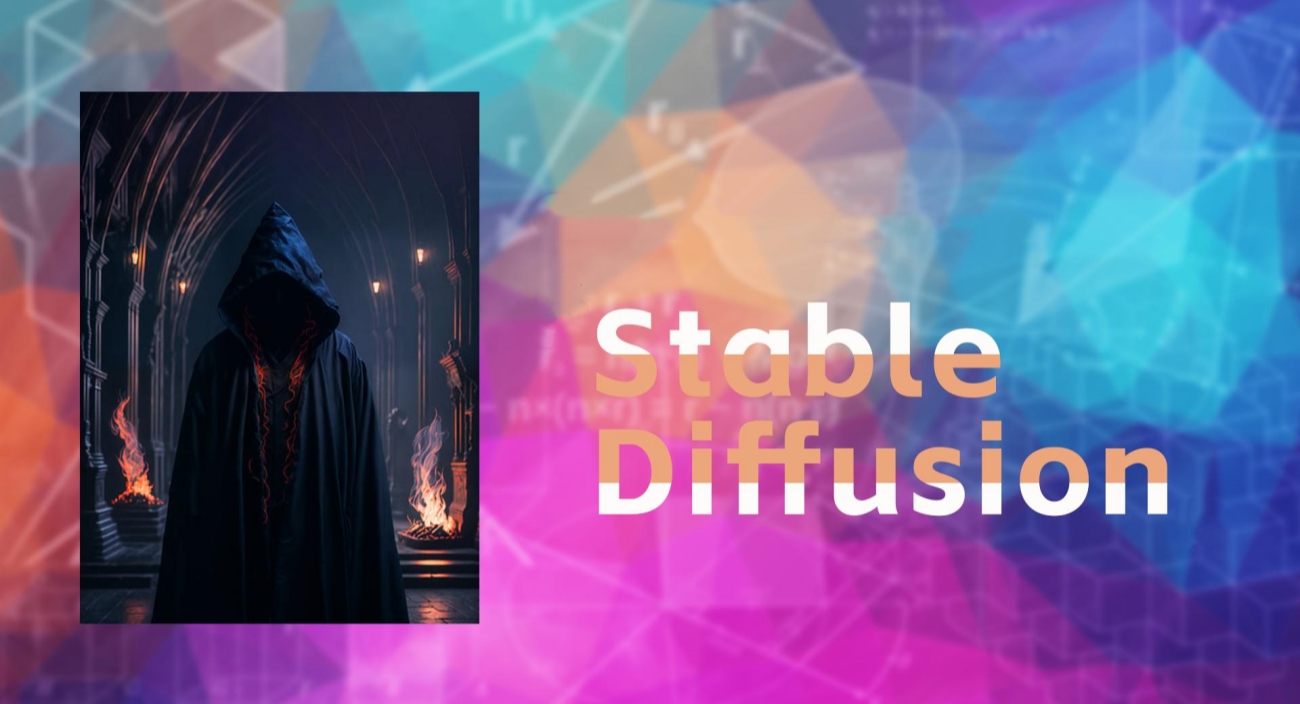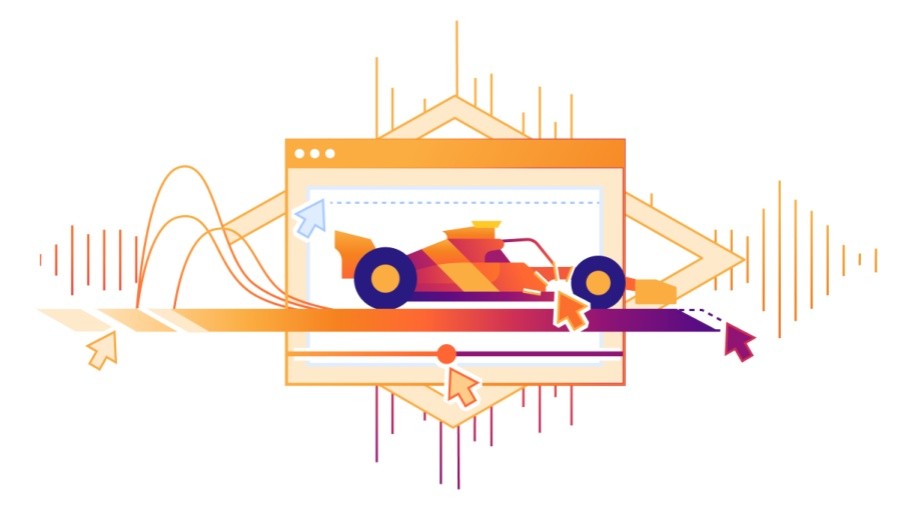
Stable Diffusion is a powerful open source text-to-image generation model, and AUTOMATIC1111 's WebUI provides a user-friendly graphical interface, which greatly simplifies the use process. Below are the detailed steps on how to manually install Stable Diffusion WebUI on Windows systems.
Before installing, make sure your computer meets the following requirements:
Operating system : Windows 10 or Windows 11 (64-bit)
Graphics Card : NVIDIA discrete graphics card (recommended for best performance). Although it can also be run on the CPU, it is slower. AMD graphics cards require additional configuration.
Graphics driver : Please make sure your NVIDIA graphics driver is updated to the latest version.
Hard drive space : at least 10GB of free space (for models and other files). At least 20GB or more is recommended.
Internet connection : A stable Internet connection as some files need to be downloaded.
1.Install Python
Visit the Python official website to download Python 3.10.6 version (recommended).
During the installation process, make sure to check the "Add Python to PATH" option.
After the installation is complete, open the command prompt (CMD) or PowerShell and enter python --version to check whether Python is installed successfully.
2. Install Git
Visit the Git official website to download and install Git for Windows .
Just use the default settings during installation.
After the installation is complete, open a command prompt or PowerShell and enter git --version to check whether Git is installed successfully.
3. Clone the Stable Diffusion WebUI repository
In the directory where you want to install Stable Diffusion, open a command prompt or PowerShell and run the following command to clone the repository:
git clone https://github.com/AUTOMATIC1111/stable-diffusion-webui.git
4. Enter the WebUI directory
Use the following command to enter the cloned stable-diffusion-webui directory:
cd stable-diffusion-webui
5. Install dependencies
Run the following command to install the required Python libraries:
pip install -r requirements_versions.txt
If you encounter problems, you can try:
pip install -r requirements.txt
This process may take some time, please be patient.
6. Download the Stable Diffusion model
Visit websites such as Hugging Face or Civitai to download the Stable Diffusion model file (in the format of .ckpt or .safetensors ).
Place the downloaded model file into stable-diffusion-webui/models/Stable-diffusion directory.
7. Run WebUI
In the stable-diffusion-webui directory, double-click to run the webui-user.bat file.
On first run, WebUI downloads some additional dependencies and may take a long time.
After the startup is completed, the command line window will display a local URL, such as http://127.0.0.1:7860/ .
Open this URL in your browser to access Stable Diffusion WebUI .
If you don't want to install Python and Git manually, you can choose to use a one-click installation package provided by a third party. These installation packages usually integrate all necessary components to simplify the installation process. Please note that when using third-party installation packages, be sure to download them from trusted sources to avoid potential risks.
The command line interface is stuck after startup :It may be due to network problems that cause the download of dependencies to fail. Please check the network connection, or try changing the network environment.
Insufficient video memory: You can use the following methods to reduce video memory usage:
Reduce the resolution of the generated image
Use smaller models
Speed up using xformers
Other problems: If you encounter other problems, you can seek help in the relevant forums or communities of Stable Diffusion .
Through the above steps, you can successfully install Stable Diffusion WebUI on your Windows system and start enjoying the powerful function of text-to-image generation!



